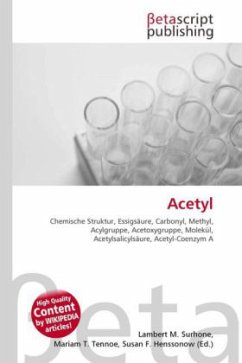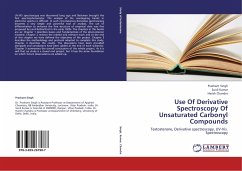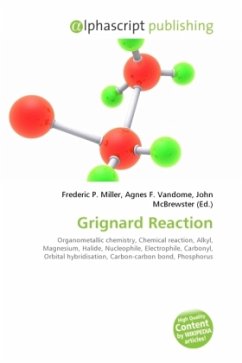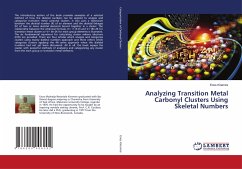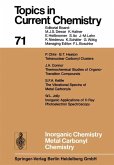Please note that the content of this book primarily consists of articles available from Wikipedia or other free sources online. Stable alkyloxonium salts exist; they are extensively used as alkylating agents. For example, triethyloxonium tetrafluoroborate (Et3O+)(BF 4) is a white crystalline solid. It is a powerful ethylating agent. It can be used, for example, to produce ethyl esters when the conditions of traditional Fischer esterification are unsuitable. Other hydrocarbon oxonium ions are formed by protonation or alkylation of alcohols or ethers (R-C-O+-R1R2). In acidic media, the oxonium functional group produced by protonating an alcohol can be a leaving group in the E2 elimination reaction, because when it receives an electron, it becomes a water molecule. The product is an alkene. Extreme acidity, heat and dehydrating conditions are usually required. Oxatriquinane and oxatriquinacene are unusually stable oxonium ions, first described in 2008. Oxatriquinane does not react with boiling water or with alcohols, thiols, halide ions, or amines, although it does react with stronger nucleophiles such as hydroxide, cyanide, and azide.
Bitte wählen Sie Ihr Anliegen aus.
Rechnungen
Retourenschein anfordern
Bestellstatus
Storno



